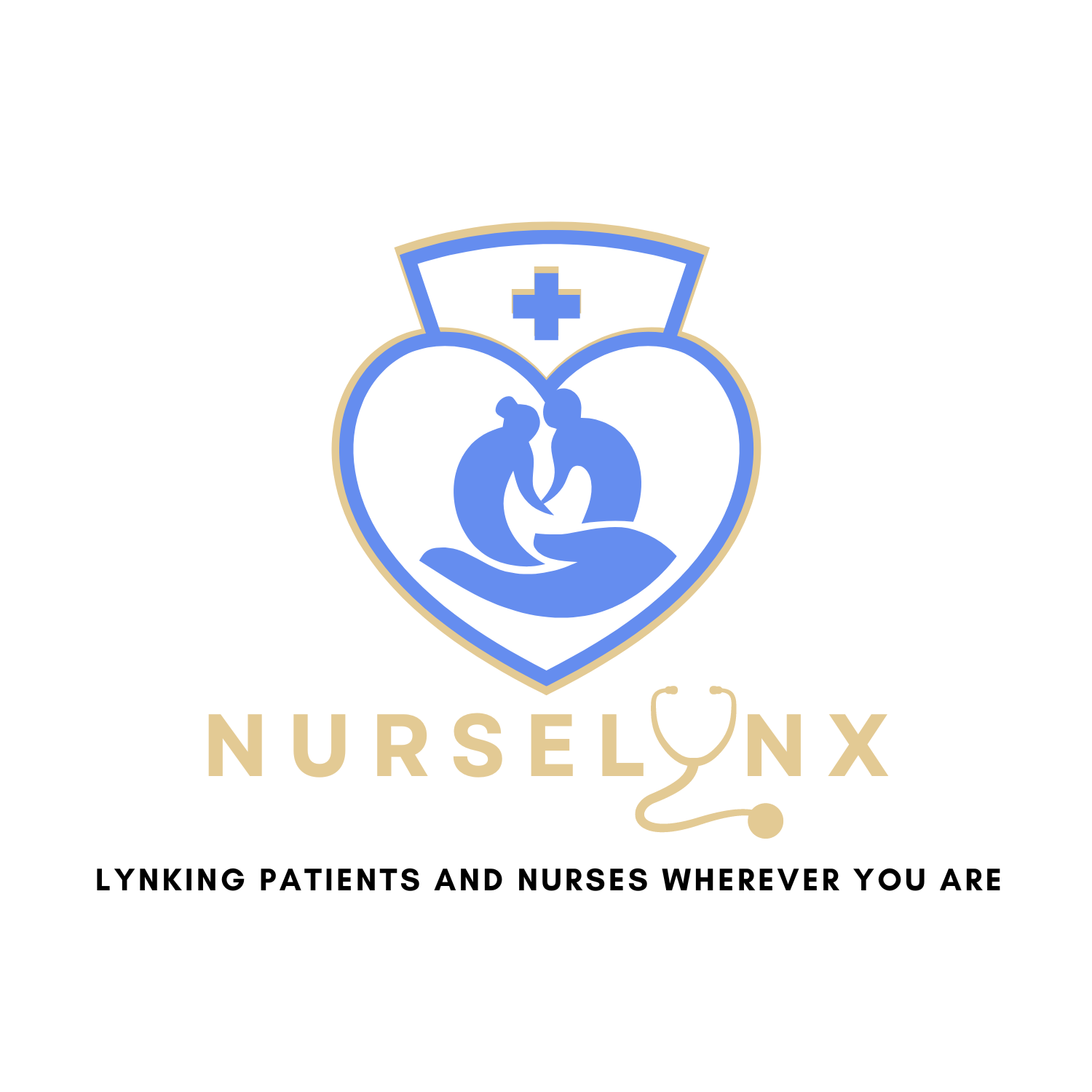In today’s fast-paced healthcare landscape, being having an agile healthcare workforce to adapt quickly is essential. Shifts in patient demand, economic ups and downs, and staffing challenges can put a strain on even the most well-prepared organizations. This is where the power of an agile workforce really shines. By embracing a flexible, scalable staffing model, healthcare providers can nimbly respond to any situation while still providing top-notch patient care.
The Limitations of Traditional Staffing Models
The traditional approach of relying only on full-time staff can really limit an organization’s agility. When faced with surges in demand or tight hiring markets, being locked into a fixed workforce can make it tough to meet needs efficiently. On the other hand, overstaffing during slower periods wastes valuable resources. An agile workforce solves these challenges through its built-in flexibility.
The Benefits of Workforce Agility
The core benefit of an agile healthcare workforce is the ability to scale staffing up or down as needed quickly. Providers can instantly increase capacity during peak periods without overextending their core team by supplementing permanent staff with temporary or contract professionals. On the flip side, staffing can smoothly contract when demand slows down, avoiding underutilized personnel. This scalability ensures the right level of staffing at all times.
Access to Specialized Skills and Expertise
What’s more, an agile model provides access to specialized skills and niche expertise on an as-needed basis. Instead of hiring and training for every potential need, healthcare organizations can simply bring in contractors with the specific capabilities required for short-term projects or initiatives. From EMR implementations to clinical trials to new service line rollouts, having a flexible workforce enables launching these efforts without diverting core staff.
Navigating Seasonal Fluctuations and Economic Uncertainty
Seasonal fluctuations are another area where agility proves tremendously valuable. Many healthcare sectors experience regular ebbs and flows in patient volumes and staffing needs. Rather than struggling to hire permanent staff for temporary spikes, an agile workforce can fluidly expand and contract its capacity as cycles shift. Providers avoid overstaffing and wasteful spending during slower periods.
In our current environment of economic uncertainty, embracing workforce agility is vital for organizational resilience. As financial conditions fluctuate, the ability to dynamically adjust staffing levels enables healthcare providers to strategically optimize labor costs while ensuring patient needs are always met. An agile model allows nimbly navigating any economic landscape.
Nurse Lynx’s Flexible Contract Staffing Solutions
While the benefits are clear, building an agile workforce is only possible through strategic staffing partnerships. This is where Nurse Lynx’s flexible contract staffing solutions provide immense value. With a network of over 3 million skilled healthcare professionals, we can rapidly deploy the talent you need, when and where you need it. Our agile staffing models cover every option:
– Temporary/Contract Staffing for immediate capacity and skillset gaps
– Contract-to-Hire for extended assignments with hiring options
– Permanent Placement for core workforce additions
Combining our vast talent pool, streamlined fulfillment processes, and expertise in healthcare staffing regulations, we efficiently scale your team’s size and capabilities to meet any demand. Backed by real-time data and market insights, our consultants ensure you have an agile workforce ideally suited for your unique needs.
Conclusion
In today’s world of constant change and unpredictable forces, the ability to pivot quickly is fundamental to success. By partnering with Nurse Lynx for agile healthcare workforce solutions, you gain the resilience and flexibility to thrive no matter the challenges ahead. An agile staffing model provides the competitive advantage to drive better patient outcomes, control costs, and futureproof your organization.



